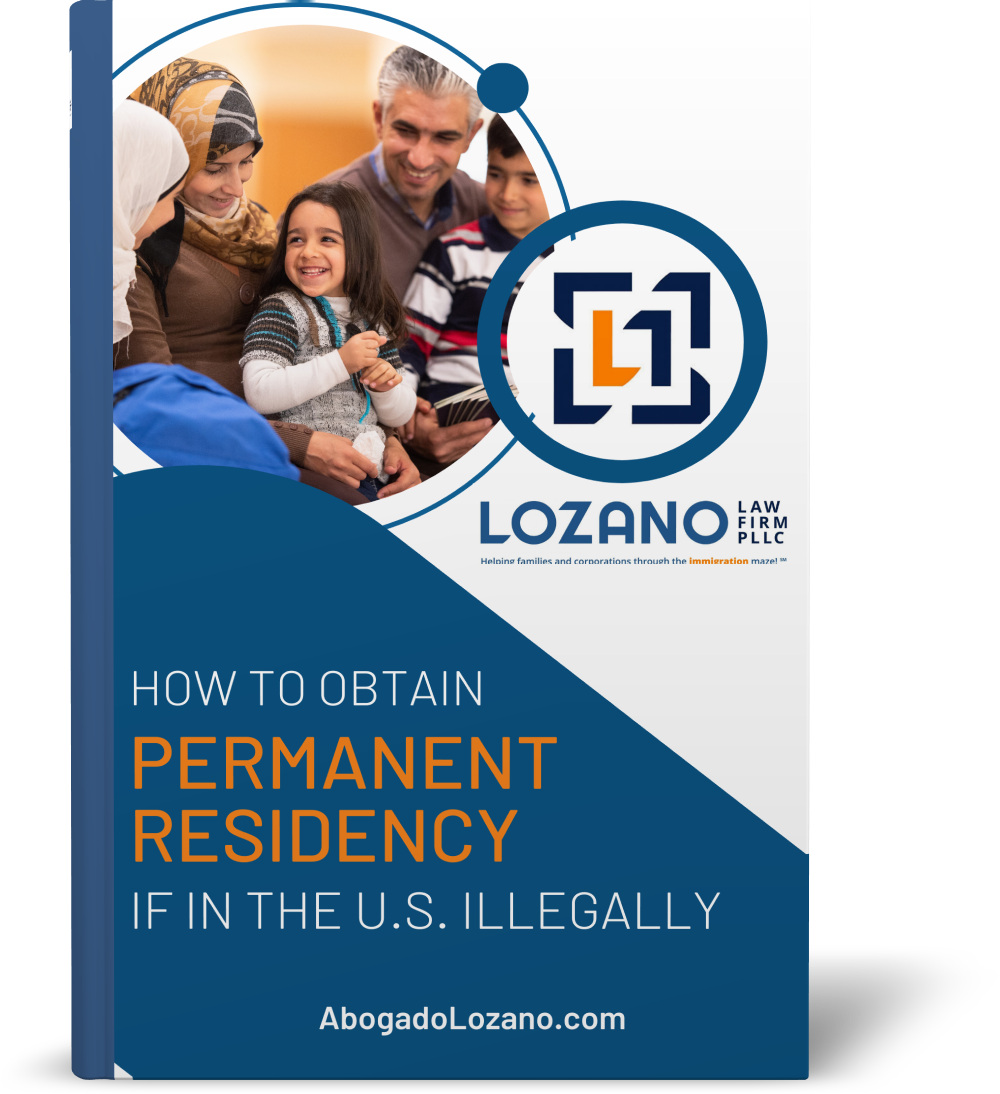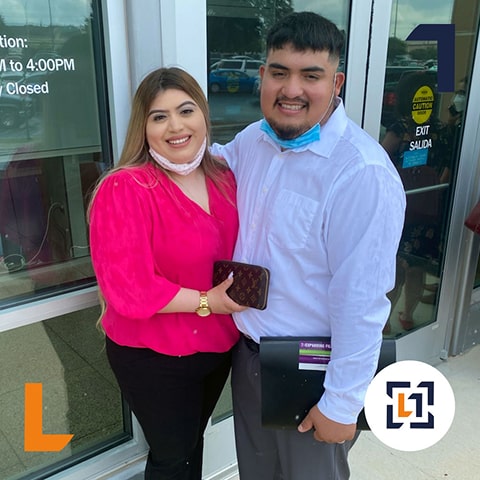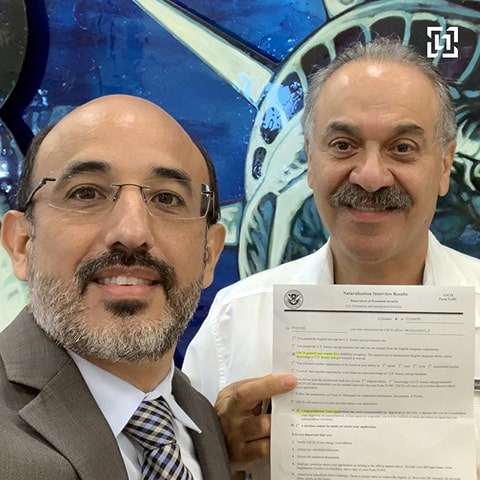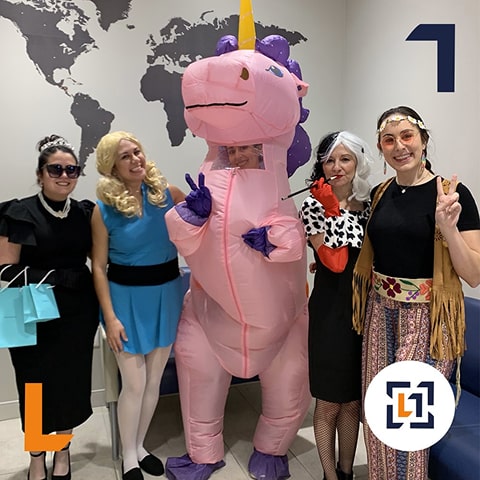The dream of relocating to the United States for work captivates countless individuals worldwide. At the heart of this aspiration is the employment-based Green Card. It paves the way for talented individuals to make the United States their new home. A Green Card grants the freedom for non-U.S. citizens to work, live, and contribute to the diverse American landscape.
The process, the perks, and the possibilities—there’s so much to explore. So, whether you’re just curious or actively considering this route, here are the intricacies of this employment-based opportunity. An experienced immigration lawyer can give you the legal advice you need to start your employment-based green card process.
What Is An Employment-Based Green Card?
A Green Card for employment based immigrants is like a special pass. It lets people from foreign countries live and work in the United States because of their job skills. There are various ways to attain permanent residency through this pathway.
Imagine living and working in the country, meeting new people, and enjoying a good life. For many, it’s a chance to tap into world-class professional opportunities, access quality education for their children, and embrace diverse cultural experiences.
Moreover, the stable economy, comprehensive healthcare facilities, and the promise of a better quality of life have always attracted foreign nationals. Obtaining this Green Card means a step closer to these aspirations, fostering personal growth and ensuring a brighter future for their families.
Who Can Apply For A Work Based Green Card?
Jobs are diverse, and so are the ways of obtaining a permanent residence with them. Here are a few paths that you can take when applying for a work based Green Card. Holders of the following Visas have a path to permanent residency in the United States.
EB-1 Visa: Exceptional Ability
The EB-1 category stands out for individuals who have achieved notable heights in their respective domains. These domains may be related to science, arts, education, business, or athletics. This category is for those who can showcase substantial accomplishments with sustained recognition on national and international platforms.
Three main types under the EB-1 Visa are:
- EB-1a: Recognizing Extraordinary Ability.
- EB-1b: Dedicated to Outstanding Professors or Researchers.
- EB-1c: Designed for Key Managers or Executives in multinational corporations.
Of course, an EB1 green card lawyer can help determine your eligibility among the three types. Doing so raises your chances of a favorable outcome.
EB-2 Visa: Advanced Degree Or Exceptional Ability
The EB-2 Visa allows the brightest from around the world to bring their expertise to the United States. It recognizes the value of specialized education and unique aptitude, ensuring that the United States remains a hub for global talent.
Whether it’s groundbreaking research, artistic brilliance, or pioneering innovations, this Visa acknowledges the contributions these individuals can make to the American landscape. As a result, it benefits the Visa holders and the industries and communities they join.
EB-3 Visa: Skilled, Professional, Or Other Workers
The EB-3 category offers a diverse range of skilled, professional, and other types of employment-based applicants. While the requisites might be less strict than EB-1 and EB-2, the waiting period can be longer. The classifications include:
- Skilled Workers: Requires two years of experience, training, or education.
- Professionals: Those with a Baccalaureate degree or its foreign equivalent.
- Other/Unskilled Workers: Generally, positions with less than two years of required training or experience.
EB-4 Visa: Special Immigrants
The EB-4 category is a unique segment catering to special immigrants. Primarily beneficial to religious workers, it also extends to specific groups, including certain armed force members and physicians. An allocated quota sees about 10,000 EB-4 Visas annually.
EB-5 Visa: Investors
Tailored for foreign nationals ready to make substantial investments in U.S. businesses, the EB-5 is the fifth preference. Whether you’re eyeing a brand new venture or considering breathing life into an existing struggling company, the EB-5 might be your bet.
From healthcare to hospitality and agriculture to entertainment, the scope for EB-5 investments is vast and varied. The good news? This Visa often has a faster processing timeline than others in employment-based immigration. Although an employment-based Visa, the EB-5 does not require a PERM Application or Labor Certification. Thus, making it a preferred choice for affluent foreign nationals seeking permanent U.S. residency.
Key Steps In The Application Process
Applying for an employment-based Green Card may seem complicated, but breaking it down step-by-step helps.
1. Determine Eligibility
First, identify which employment-based category you fall into. These categories include priority workers (EB-1), professionals with advanced degrees (EB-2), skilled workers (EB-3), and others.
2. Get A Job Offer
Most employment-based Green Cards require a job offer from a U.S. employer. Your employer will also be your sponsor for the Green Card.
3. Secure A Labor Certification (PERM)
This is a requirement from the Department of Labor for your employer. It ensures that hiring you won’t negatively affect U.S. workers’ job opportunities, wages, or working conditions. However, certain Visa categories waive a PERM certification.
4. File Form I-140
After obtaining labor certification, your employer will file Form I-140 with the U.S. Citizenship and Immigration Services (USCIS). The Immigrant Petition for Alien Worker proves you are eligible for an employment-based Green Card, and the employer can pay your salary.
5. Wait For A Visa Number
Employment-based Green Cards are subject to annual numerical limits. Depending on your category and country of origin, there might be a waiting period before a Visa number becomes available.
6. File Form I-485
Once a Visa number is available, you can file Form I-485. This form is also called Application to Register Permanent Residence or Adjust Status.
7. Attend Biometrics Appointment
USCIS will schedule a biometrics appointment to collect your fingerprints, photograph, and signature.
8. Attend The Interview
Sometimes, USCIS requires an interview to verify the information in your application. They might ask about your job, qualifications, and other aspects of your application.
9. Receive Decision
After processing your application and conducting any necessary interviews, USCIS will make a decision. If approved, you’ll receive your Green Card.
10. Green Card Issuance
Once approved, you will receive a physical Green Card. Congratulations—you are now a lawful permanent resident of the United States.
How long it takes to process your Green Card depends on factors like your category and country of origin. It’s essential to stay organized and patient throughout.
Significant Considerations During The Process
When pursuing employment-based immigration to the U.S., it’s crucial to understand the different pathways and their requirements. For example, if you’re looking at the EB-2 or EB-3 categories, there’s a key step involving labor certification. This means your employer must first attempt to find a U.S. worker for the role before you can be considered.
For those in the EB-2 category, there’s an intriguing option known as the National Interest Waiver (NIW). This provision allows certain highly qualified foreign nationals to apply for a green card without the usual requirements of a job offer and labor certification.
Given the intricate nature of these processes, it’s often wise to seek guidance from an immigration attorney. Their expertise can help navigate the legal maze and increase the chances of a successful outcome.
Let An Immigration Lawyer Guide You
Having the right guidance is invaluable when securing a green card. This is where Lozano Law Firm steps in. Our seasoned immigration attorneys simplify the process and offer tailored solutions to navigate challenges.
From documentation accuracy to issues from job changes, their guidance ensures a smoother journey. With Lozano Law Firm, you gain a trusted partner to make all the difference in getting a Green Card.
Summary
An employment-based Green Card opens doors for foreign nationals to live and work in the United States. It caters to various professionals, from those with extraordinary abilities (EB-1) to skilled workers (EB-3) and investors (EB-5). Each category has its unique requirements and steps, including job offers and labor certifications. The process can be intricate, often requiring legal expertise. So, consulting an immigration attorney can be beneficial to navigate the complexities and improve the chances of success. Lozano Law Firm offers skilled and experienced support, ensuring applicants meet all requirements and handle any challenges along the way.





















